The newly-discovered cells help shed light on how the liver repairs itself after damage.
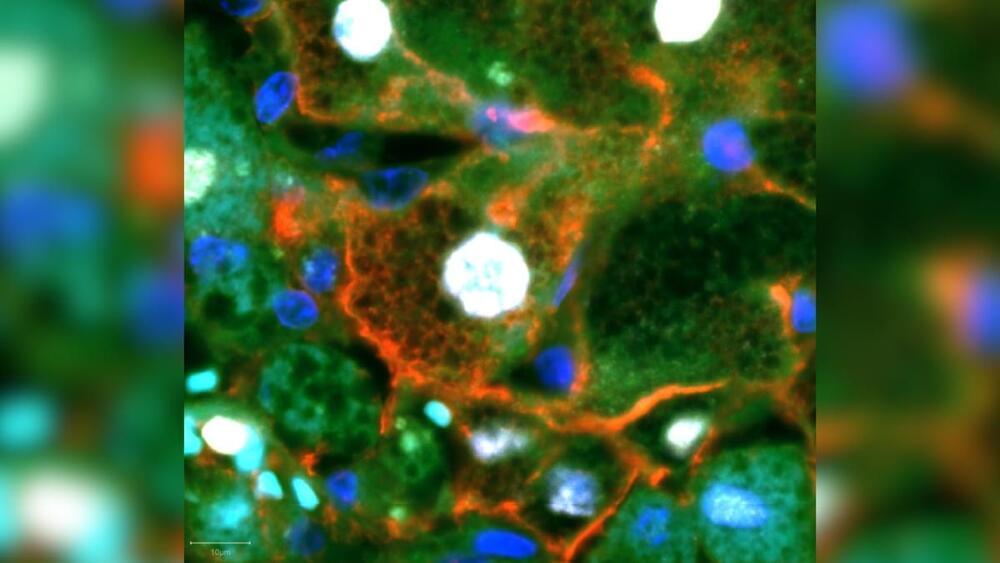


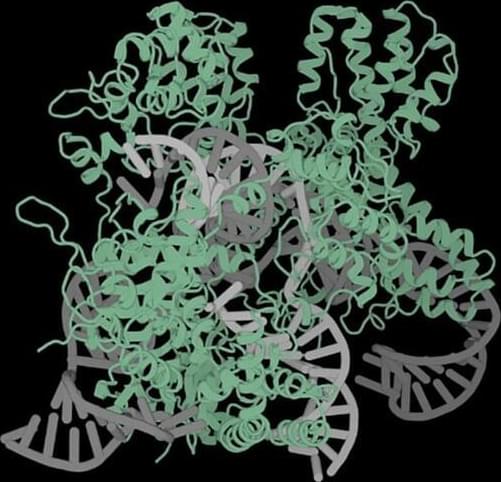
Each CRISPR system has two parts: a strand of RNA that matches the target and a protein that makes the edit. The most commonly used protein for gene editing is called “Cas9,” but scientists have discovered CRISPRs with other proteins that give them unique capabilities — while CRISPR-Cas9 slices through DNA, for example, CRISPR-Cas13 targets RNA.
Our current CRISPR gene editors are far from perfect, though. They can make edits in the wrong places or edit too few cells to make a difference, so researchers are constantly on the hunt for new CRISPR systems.
AI-designed CRISPR: Up until now, that hunt has been limited to the CRISPRs that have been discovered in nature, but Profluent has used the same types of AI models that allow ChatGPT to generate language to develop an AI platform that can generate millions of CRISPR-like proteins.
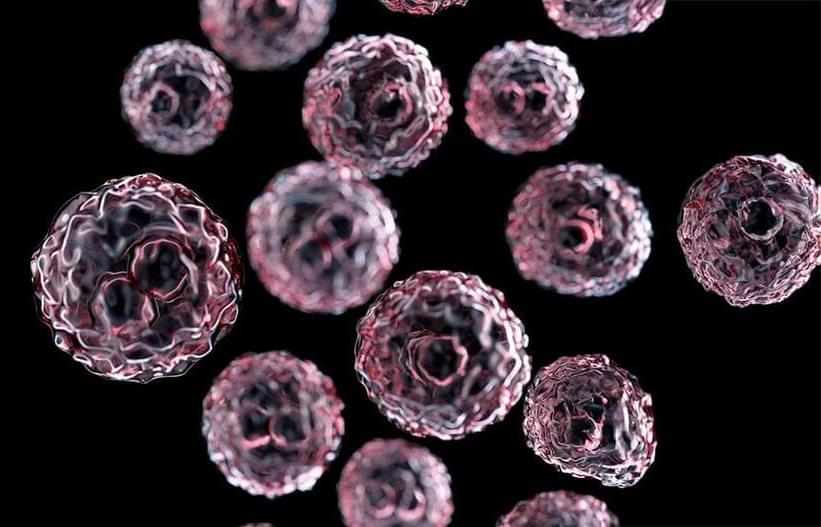
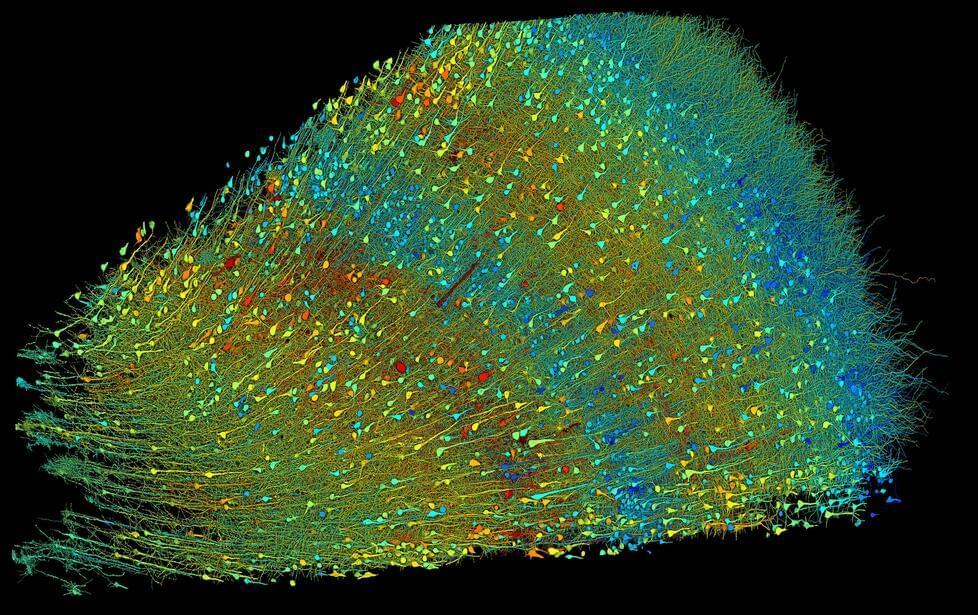
Reconstruction of 1 mm3 of human brain (at 1.4 petabytes of EM data) published by @stardazed0 (@GoogleAI) & Lichtman lab.
Paper: https://science.org/doi/10.1126/science.adk4858
Blog:
Marking ten years of connectomics research at Google, we are releasing a publication in Science about a reconstruction at the synaptic level of a small piece of the human brain. We discuss the reconstruction process and dataset, and we present several new neuron structures discovered in the data.
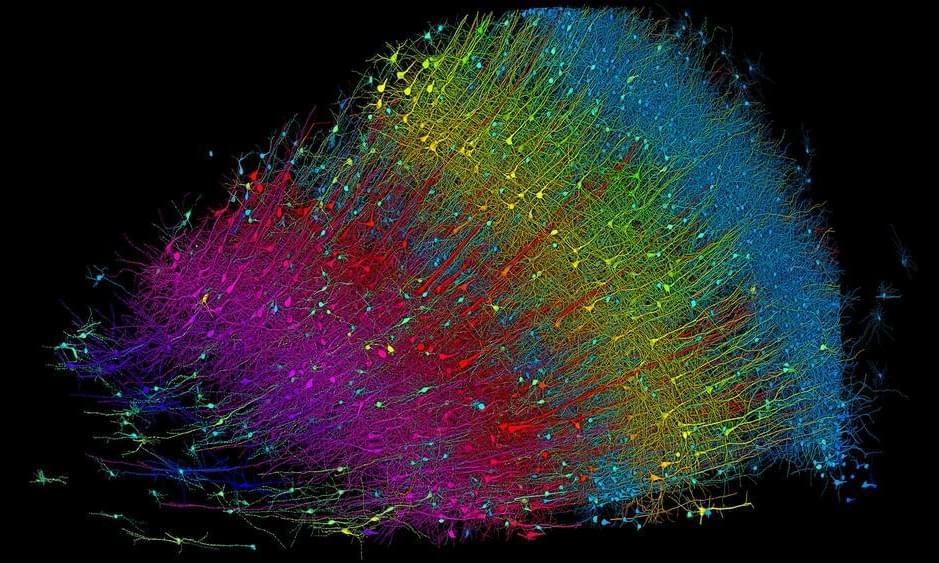

Demis Hassabis, the CEO of Google Deepmind, expects AI systems in the near future to not only answer questions but also plan and act independently.
In an interview with Bloomberg, Hassabis says his company is working on such “agent-like” systems that could be ready for use in one to two years.
“I’m really excited about the next stage of these large general models. You know, I think the next things we’re going to see perhaps this year, maybe next year, is more agent like behavior,” says Hassabis.
Sunspot as large as the Carrington Event sunspot from from 1,859 prompts NOAA Storm alert — first time since 2005 that a G4 Severe Geomagnetic storm alert has been issued. This sunspot is capable of even worse. Watch to learn more.

Since superfluid light exists in computers I think frankly we may already solve the theory of everything because the missing piece is infinity in all things which solves all future problems.
Thinking of spacetime as a liquid may be a helpful analogy. We often picture space and time as fundamental backdrops to the universe. But what if they are not fundamental, and built instead of smaller ingredients that exist on a deeper layer of reality that we cannot sense? If that were the case, spacetime’s properties would “emerge” from the underlying physics of its constituents, just as water’s properties emerge from the particles that comprise it. “Water is made of discrete, individual molecules, which interact with each other according to the laws of quantum mechanics, but liquid water appears continuous and flowing and transparent and refracting,” explains Ted Jacobson, a physicist at the University of Maryland, College Park. “These are all ‘emergent’ properties that cannot be found in the individual molecules, even though they ultimately derive from the properties of those molecules.”
Physicists have been considering this possibility since the 1990s in an attempt to reconcile the dominant theory of gravity on a large scale — general relativity — with the theory governing the very smallest bits of the universe—quantum mechanics. Both theories appear to work perfectly within their respective domains, but conflict with one another in situations that combine the large and small, such as black holes (extremely large mass, extremely small volume). Many physicists have tried to solve the problem by ‘quantizing’ gravity — dividing it into smaller bits, just as quantum mechanics breaks down many quantities, such as particles’ energy levels, into discrete packets. “There are many attempts to quantize gravity—string theory and loop quantum gravity are alternative approaches that can both claim to have gone a good leg forward,” says Stefano Liberati, a physicist at the International School for Advanced Studies (SISSA) in Trieste, Italy.
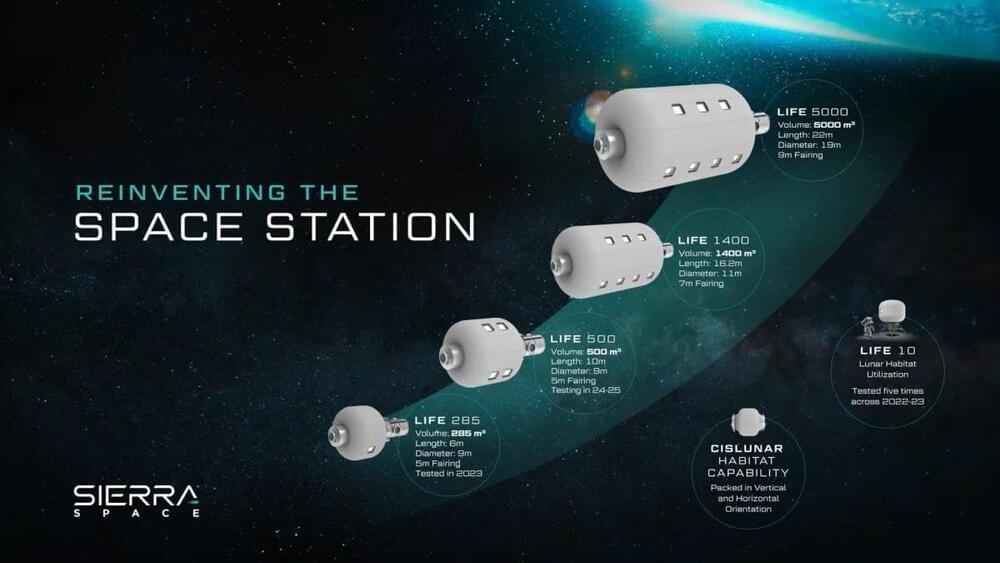
In the rapidly evolving landscape of space exploration, private companies are increasingly taking the lead. One company at the forefront of this commercial space revolution is Sierra Space. With its innovative inflatable habitat modules and ambitious plans, Sierra Space is poised to play a pivotal role in building the next generation of space stations and lunar habitats.